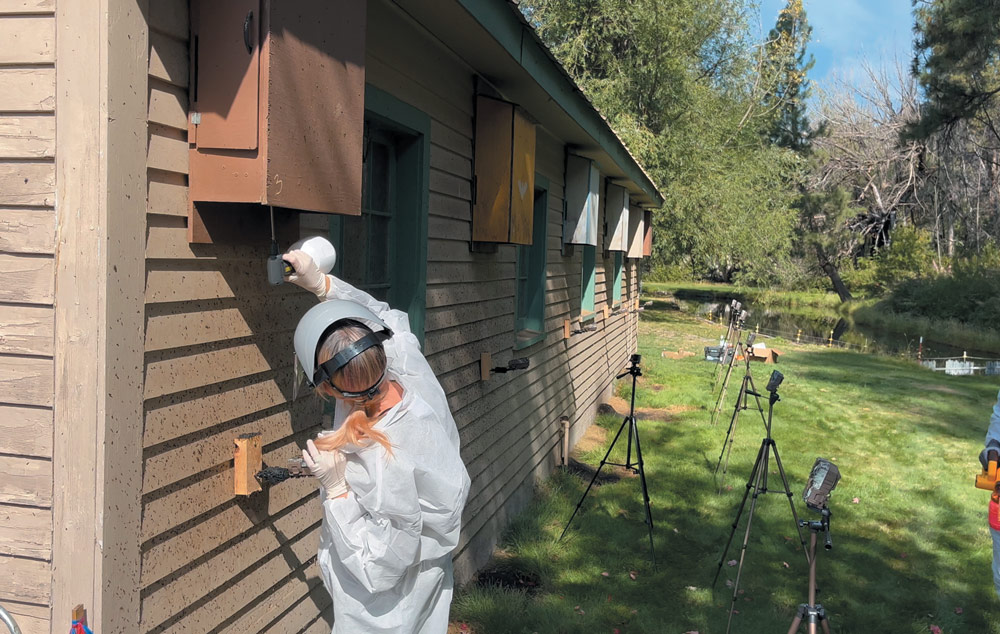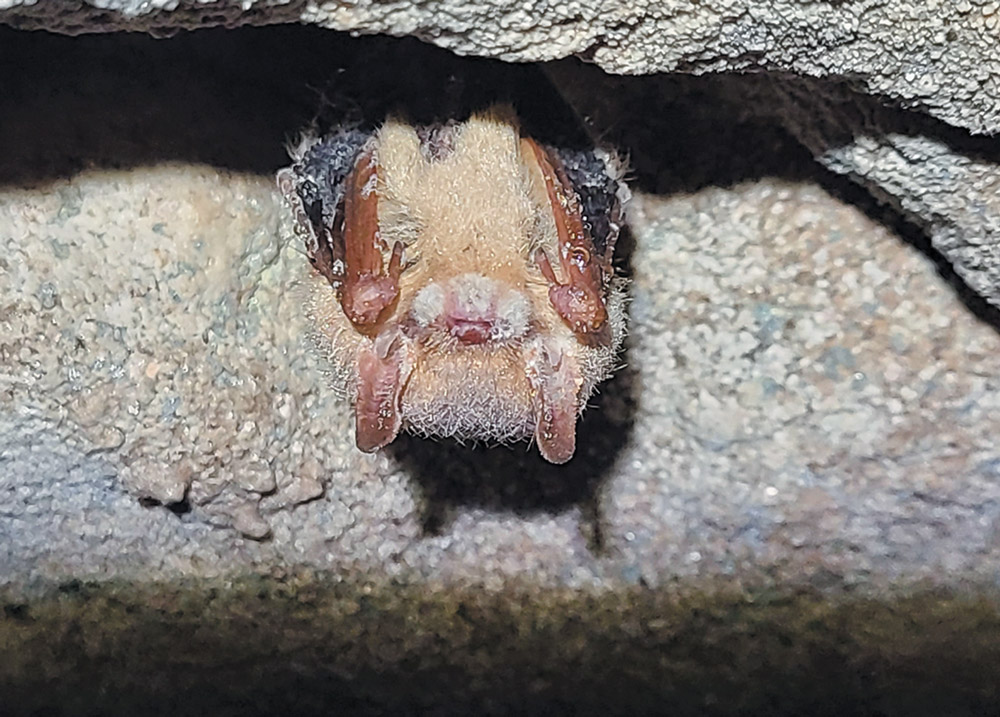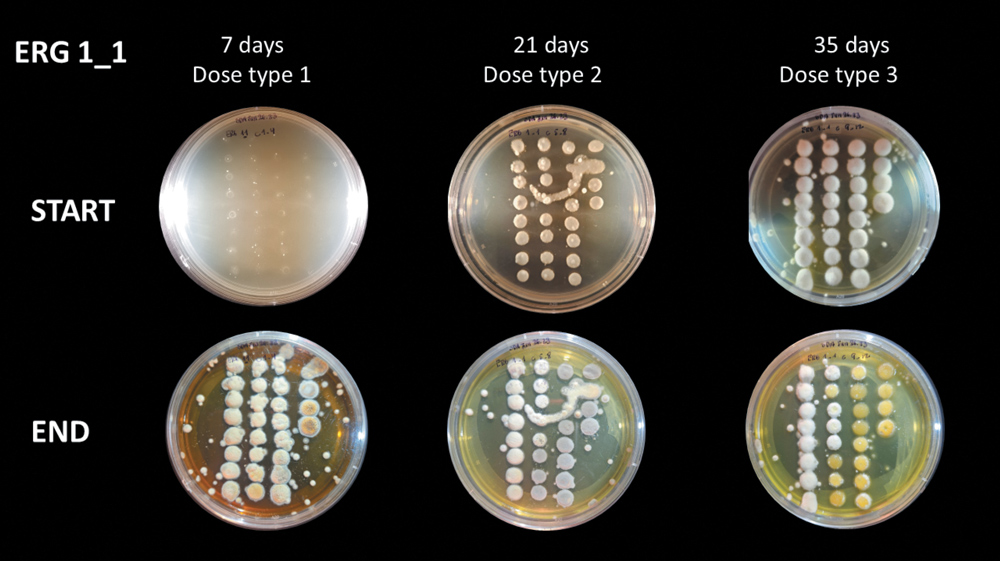A Promising Potential Solution to White-Nose Syndrome

RNA interference technology shows promise, but hurdles include reluctance to test strategy
By Lindsay Lee Wallace

“A lot of it is just putting ourselves out there and trying to create human connections. We’re saying, ‘You can trust us, this is who we are, this is our science. You can respect us as scientists, but you can also respect us as people.’ And those two things are equally important.”
—Tina Cheng, Ph.D.
—Tina Cheng, Ph.D.

Speaking tour helps share possibilities of RNAi with conservation community
“You can make sure that the gene sequences are highly specific to targeting the fungus and no other species.”
—Emily Dziedzic
—Emily Dziedzic

